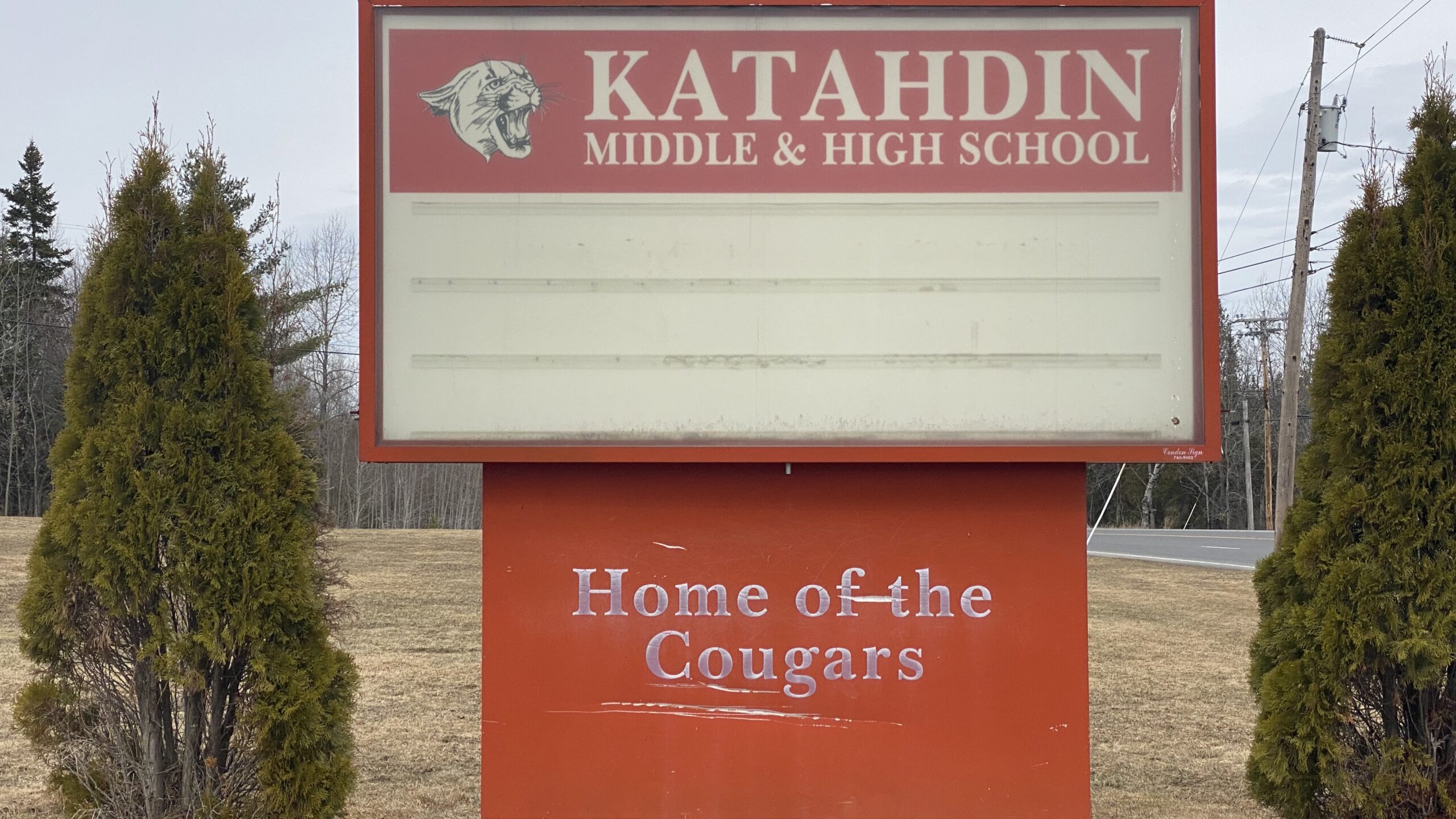STACYVILLE, Maine — Residents in RSU 89 will see a slightly decreased budget for the 2020-21 school year.
On Wednesday, April 22, the school board approved a $4,644,622 budget for the next school year. That figure is down $31,776 from the current spending plan.
When and how voters will have an opportunity to ask questions and cast their ballots on the budget remains a question mark, Superintendent Marie Robinson said.
“I’m pleased that for my first year as superintendent we were able to develop an educationally sound budget, while keeping the financial impact to the local community in mind,” Robinson said. “We are still working on how the town meeting will go.”
The district will receive $$2,356,380 in state subsidies, which is up $27,073 over the current school year.
At $1,631430, regular instruction is the largest cost center for the district, but that line is down $194,221 from the current budget. Robinson explained the decrease was the result of three positions eliminated due to attrition — two at the elementary level and one at the middle-high school.
School administration, at $733,464, will get a bump of $55,468. That increase is due to the creation of a separate principal position for Katahdin Middle-High School. Robinson has been serving as both the superintendent and principal for the past year. Prior to her, Dawn Pray had a similar role with the district.
“The principal interviews are taking place next week and my hope is that we will be able to bring a candidate to the board on May 21,” Robinson said.
Current enrollment in RSU 89 is 307 students — with 143 at Katahdin Elementary School and 164 at Katahdin Middle-High School.
The district plans to use $304,026 from its carry forward account to help minimize the impact to taxpayers. The carry forward account is money left over from the previous year.
The local assessment by town will be as follows: Mount Chase, $385,049 (same as last year); Patten, $539,235 (down 8.6 percent); Sherman, $530,894 (down 7.8 percent); and Stacyville, $248,473 (down 7.5 percent).
“With the reductions in regular instruction, a zero percent increase in health insurance and utilizing some of our carryover, we were able to reduce the additional local to zero for each of the four towns.”








